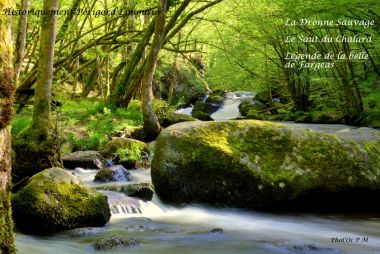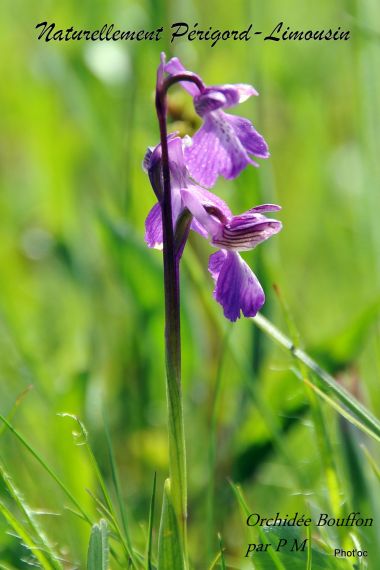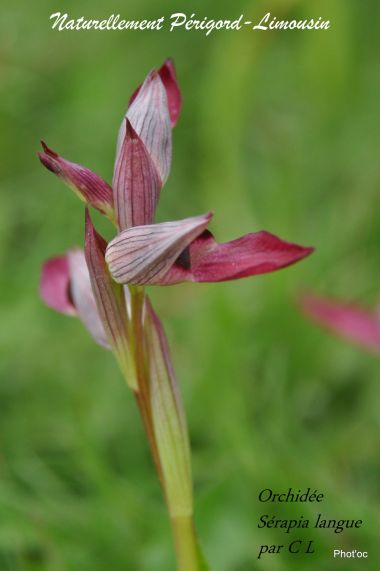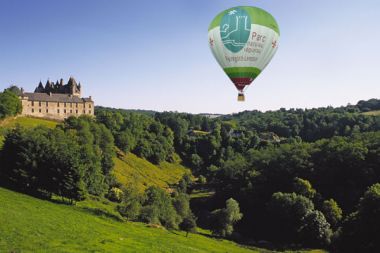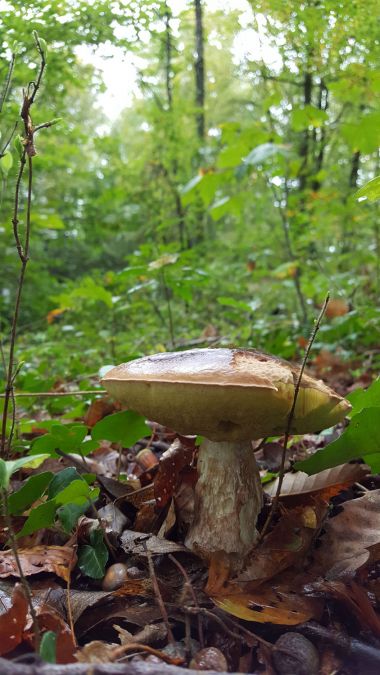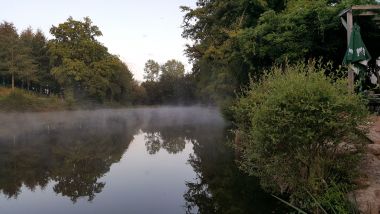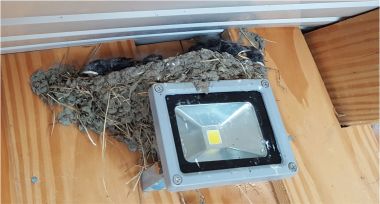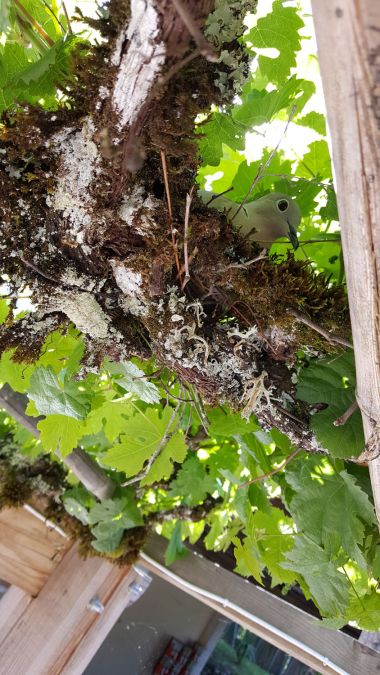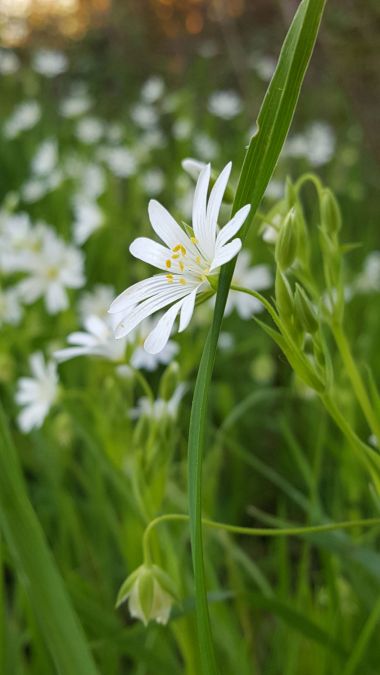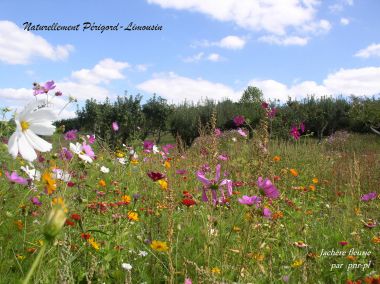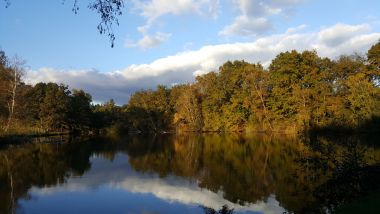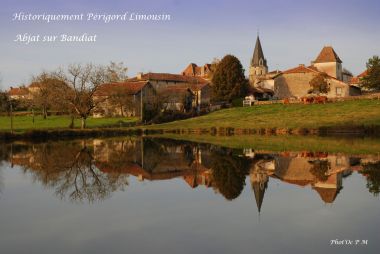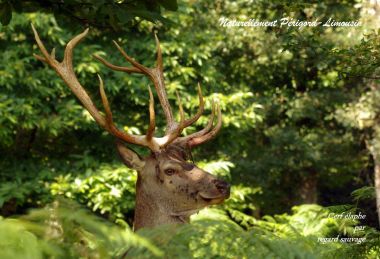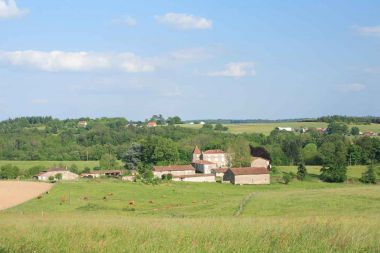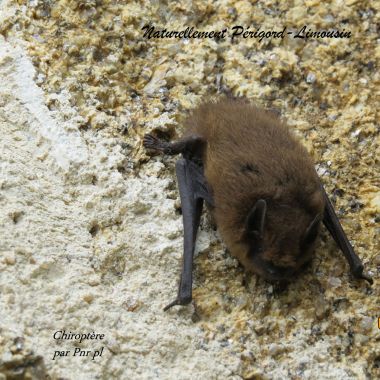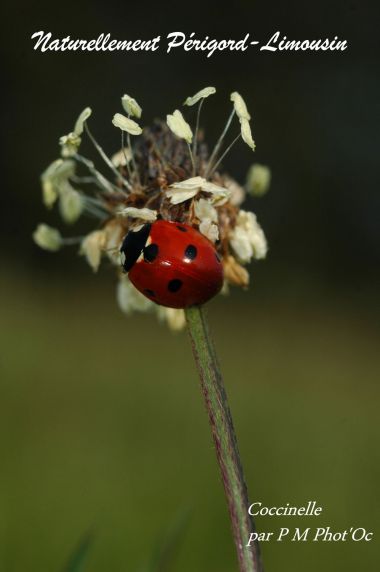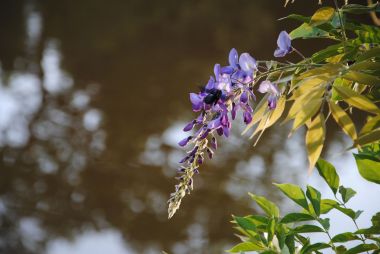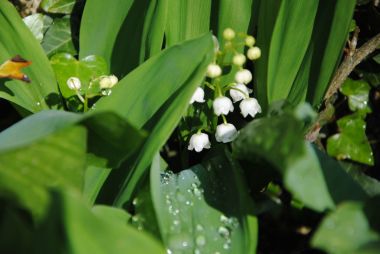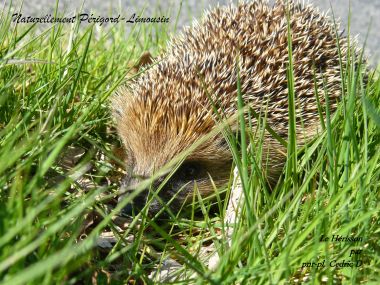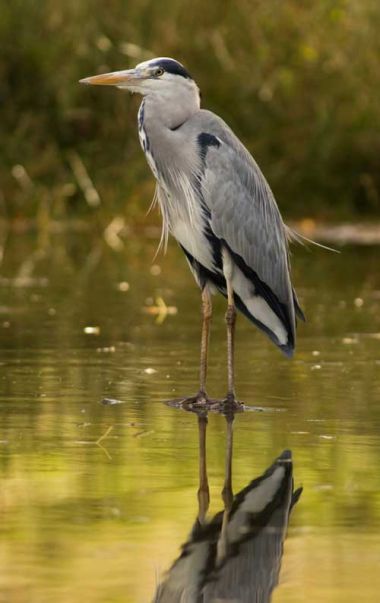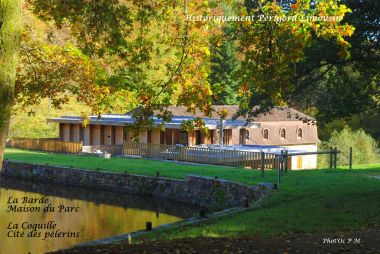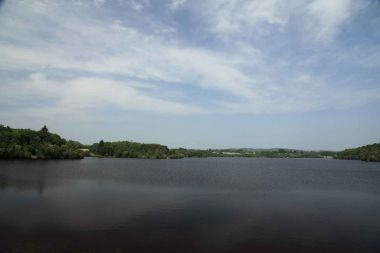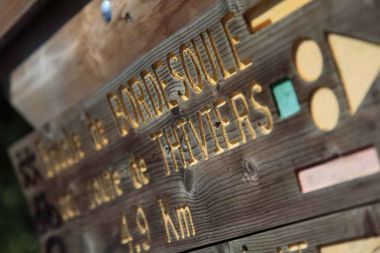Enter the Périgord Limousin Natural Park
A "Regional Natural Park" is an identity, an attractiveness, a quality of the environment of its inhabitants.
The Périgord-Limousin Regional Nature Park obtained its label on March 9, 1998 and its renewal for 12 years on August 24, 2011
it is composed of 74 villages, over 1800 km² and 2 departments: Dordogne (43 villages) and Haute-Vienne (31)
His range of action concerns, among other things, 4 main areas:
Hiking
Périgord-Limousin, with its variety of landscapes and numerous trails, is particularly suitable for hiking in all its forms: on foot, on horseback, accompanied by donkeys, by mountain bike, and even by velo-rail! Many different possibilities of even rent these "vehicles" to visite the Park.
Find all the information on the departmental websites: www.dordogne-perigord-tourisme.fr/sommaire/ randonnee.htm or www.randonnee-hautevienne.com
More than 2,000 km of marked hiking trails over the Regional Natural Park Périgord-Limousin can be done by walking, cycling or riding. You will find the guide-maps at the tourist offices of the territory or on the websites of the 2 departments for the trails listed in the County Plan for walking and hiking routes (PDIPR).
You will find the one of the sector of Saint Pardoux la Rivière, with the paths surrounding the Château le Verdoyer, on sale at the Reception
Natural environment
Périgord-Limousin benefits from the label Regional Natural Park for its rich flora and fauna, here are some examples, through the characteristic environments of the territory:
The heather lands, which hosts a great wealth of flora and fauna, having occupied up to 32% of the area of Limousin in the nineteenth century, are today largely "replaced" by thickets and woods. The lands are therefore dominated by heathers and represent above all the last refuge of a remarkable and specific fauna, with notably the harrier Saint Martin and the nighthawk of Europe.
Wetlands occupy 2.6% of the Park's territory, especially in Limousin where the soil is waterproof. But beware, these environments are regressing with the lanck of traditional way of work and the creation of ponds.
Wetlands are of great importance for keeping the territory's water resources.
4 main phases: The wet meadow, the megaphorbia (stream edge), the wet wood and the pond.
Forests: In Périgord-Limousin, the forest covers 68,000 ha, or 37% of the Park's territory. These are mainly Oak and chestnut forests. This wooded mesh is a true biological corridor for many large mammals.
Water is everywhere in the Park. At the head of three watersheds, many rivers spring from there or cross the territory (about ten major rivers). They are the ones that gave birth to the many wetlands, and which feed the majority of lakes and ponds in the area and also participate in an aesthetic appearance in the course of cascades, rosaries or wells.
The territory of the Park has been the subject, since medieval times, the creation of a myriad of artificial ponds, whether for fish production, water retention, or more recently for leisure activities . In 2001, there were 4712 pieces of water representing 2176 ha (a maximum density of 6 ponds per km2.
Lawns on poor soils, stony and dry limestone hillsides. The low or even cropped vegetation is often more or less invaded by thorny shrubs such as juniper or sloe trees, forming scattered bushes.
The lawn area on the Park about 530 ha, exclusively to be found in the southwestern part of Périgord-Limousin. Located along the valleys, as along the Belle and Nizonne, they punctuate the landscape, announcing the beginning of the Aquitaine basin. The Argentina plateau is one of the most beautiful elements of this part.
The Geological Heritage: in addition to its great biological diversity, the Périgord-Limousin Regional Nature Park is home to an exceptional geological heritage with a meteorite hole near Rochechouart, where specific rocks called impactites are exposed, as well as veins of gold, quartz, serpentine ... which again attract a very specific flora and fauna. Not to forget the Kaolin, used in the proces of the famous Limoges porcelain.
Heritage
Land of stones and stories, Périgord-Limousin has a rich cultural and historical heritage, a great diversity and a reflection of a millennial history.
Castles and manors bear witness to this fertile history as well as the remains of a very rich industrial heritage. The numerous valleys of Périgord-Limousin favored an economy linked to hydraulic energy and hundreds of mills and forges animated the rivers until the end of the 19th century. Churches and chapels (Périgord-Limousin is rich of a remarkable set of Romanesque churches) also form architectural treasures on the paths of the Park.
The development of local products
More than 80 producers now practice direct sales in the Natural Park, which works to promote them to consumers by organizing farmers markets, such as Nontron for the knife festival or Mareuil for the truffle festival where these markets have "emancipated", by accompanying the producers in the creation of stores, or through a directory of producers in direct sales.
For more information on the Parc Naturel Régional Périgord-Limousin, visit the website : www.parc-naturel-perigord-limousin.fr,
a site full of information on the park, its wildlife and cultural sites.


